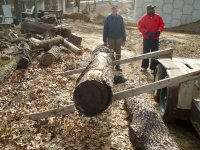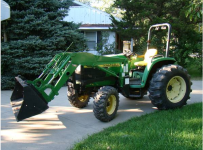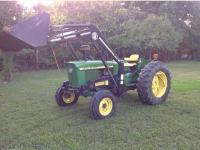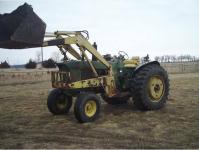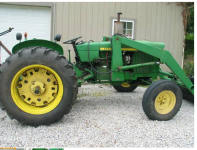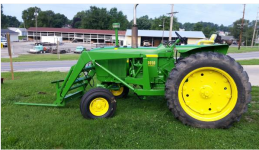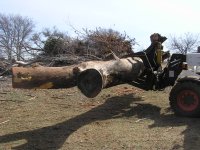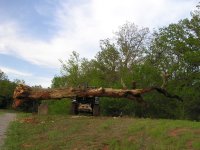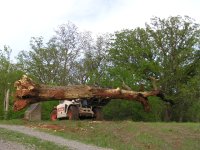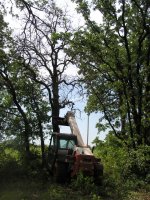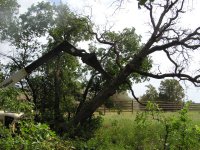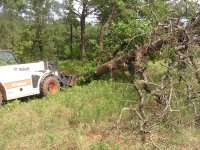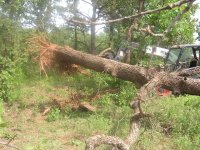oosik
Epic Contributor
I routinely lift chunks of very large ponderosa pine - 18" to 36" diameter. As best I can figure my max lift is around 2750 lbs minus the grapple = around 1930 pounds. I've made a cheat sheet that will tell me the approximate weight of pine logs. I check the cheat sheet to see if I can lift a ten foot or five foot chunk before I do any lifting. So far this has worked well. The last thing I want to do is break something or become unstable.
Most likely your lift capacity is calculated with the weight 24 inches forward of the lift pins and 24 inches off the ground. No matter what I'm lifting - log wise - I never get the load more than 6" to 12" off the ground. Bad things seem to always happen faster than the speediest of reaction times.
Most likely your lift capacity is calculated with the weight 24 inches forward of the lift pins and 24 inches off the ground. No matter what I'm lifting - log wise - I never get the load more than 6" to 12" off the ground. Bad things seem to always happen faster than the speediest of reaction times.
